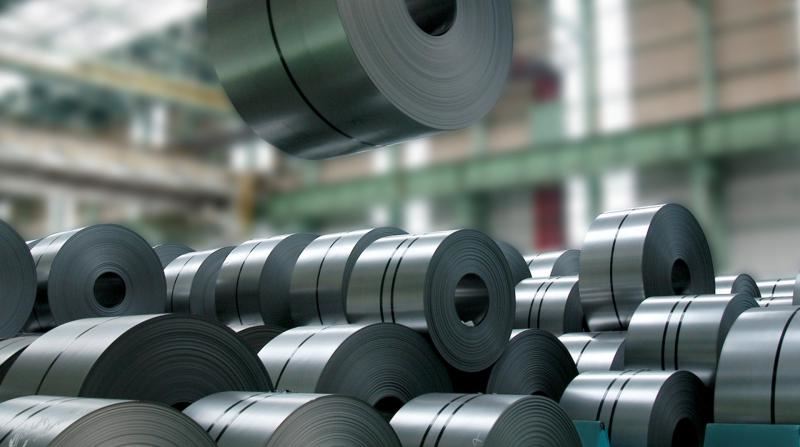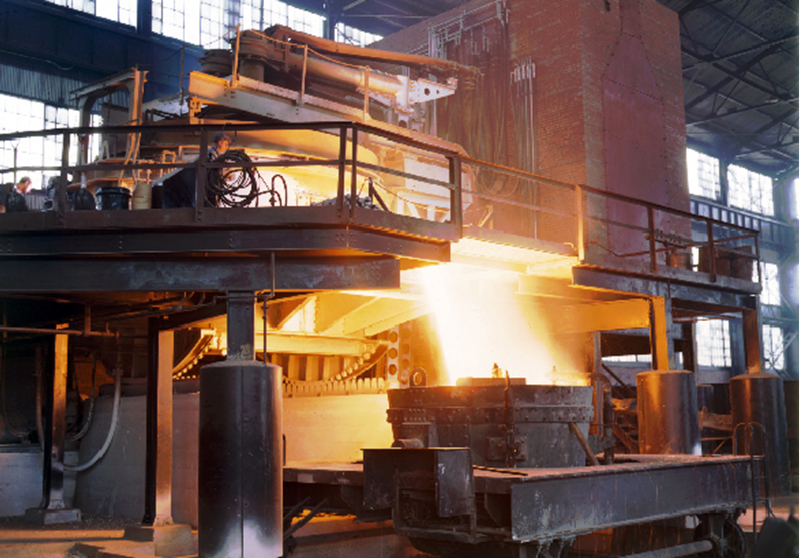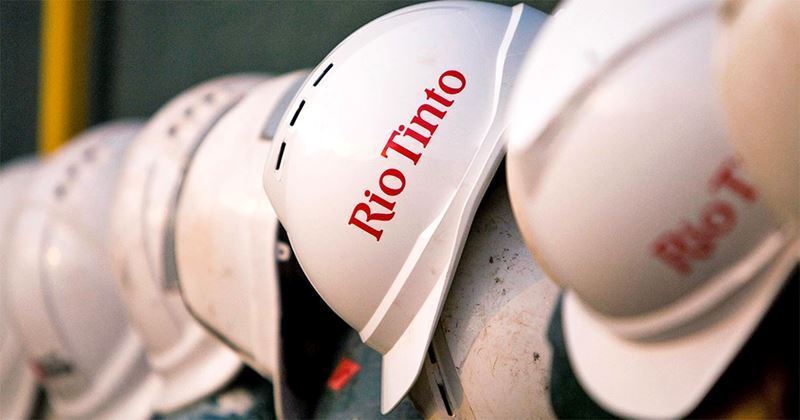According to the European Steel Association (EUROFER), output growth in EU steel-using sectors is expected to slow to 0.3% y-o-y in 2023 after 3.1% growth in 2022, but accelerate to 2.3% in 2024. Construction and pipes will experience the biggest decrease this year, while automotive will be the only strong sector.
The main decrease in production this year is expected to occur in the second quarter. Still, this forecast represents an improvement compared to the 0.6 per cent production decrease projected for 2023 in the previous outlook.
The European Steel Association (EUROFER) points out that EU steel-weighted industrial production showed unexpected resilience in the fourth quarter of last year, increasing by 2.5 per cent y-o-y, despite the Ukraine war and related disruptions as well as increasing energy prices.
According to the EU steel-weighted industrial production (SWIP) index, for the full year 2022, output in the construction, mechanical engineering and other transport sectors increased by 4.8%, 7.9% and 7% respectively, while production of household appliances decreased by 5%.
"While the war in Ukraine initially had a limited impact on production in the sectors until the third quarter of 2022, the situation deteriorated significantly in the fourth quarter of 2022 due to persistently high energy prices and the rapid deterioration of the overall economic outlook, despite the significant fall in the TTF gas price index in recent months," the European Steel Association (EUROFER) said.
"The ongoing economic uncertainty will continue to have a negative impact on growth in the next few quarters. However, the most challenging period for EU industry seems to be over (especially the last quarter of 2022 and the first quarter of 2023). However, the combination of historically high energy prices, low demand and economic uncertainty is expected to impact the rest of 2023."











Comments
No comment yet.